A Leap Forward in Autonomous Delivery
A decade after Amazon’s Jeff Bezos heralded the advent of autonomous drone delivery, it is Zipline, a South San Francisco startup, that is bringing this vision to life in 2024.
While Amazon’s plans remain in development, Zipline, bolstered by new technology and Federal Aviation Administration (FAA) exemptions, is set to redefine package delivery across the United States.
Zipline’s Pioneering Approach
Zipline’s ambitious project is not just a technological marvel but also a regulatory breakthrough. With over 60 million flight hours and a new generation drone, Zipline is preparing to launch drone deliveries in several US cities next year, with an expansion plan to cover 15 cities by 2025.
FAA Exemption: A Game Changer
The FAA’s long-standing requirement for drones to operate within the visual line of sight of human operators has been a significant barrier.
However, this fall, the FAA granted a rare exemption to Zipline and three other competitors, signaling a monumental shift and paving the way for broader implementation of drone delivery technology.
The Advantages of Zipline’s Drone Technology
Zipline’s latest drone, named Platform 2, is designed for near-instant delivery. This fixed-wing aircraft operates without touching down, hovering 300 feet above ground to deliver packages using a tethered “droid.”
Capable of traveling within a 10-mile radius and carrying up to 8 pounds, Platform 2 offers a precise, silent, and efficient delivery method.
Innovative Docking Stations
Zipline’s system does not depend on conventional warehouses. Instead, its docking stations can be integrated into any business setup, from retail stores to hospitals, facilitating easy adoption.
This approach could potentially expedite deliveries to be ten times faster than traditional car and truck methods.

The Competitive Landscape
Despite the groundbreaking nature of Zipline’s technology, competition looms from giants like Amazon’s Prime Air and Alphabet’s Wing.
However, investor confidence is growing, as reflected in the increased valuations of private startups in this sector. With regulatory environments evolving, there is anticipation of more widespread drone delivery adoption.
The Cost-Efficiency Equation
According to McKinsey, labor costs account for up to 95% of total drone delivery expenses under current regulations.
However, with the exemption allowing for fewer human observers and more drones per operator, drone delivery costs could become competitive with conventional vehicle deliveries.
Environmental and Economic Implications
Each of Zipline’s fully autonomous, electric drones promises an environmentally friendly and cost-effective delivery method, eliminating fuel costs associated with traditional deliveries.
Zipline’s Journey and Future Prospects
Zipline’s journey began in 2016 with delivering blood and medical products in Rwanda. Having expanded to nine Countries, including Kenya and Japan, the company has completed over 800,000 drone deliveries.
With deliveries occurring every 70 seconds, Zipline’s COO Liam O’Connor emphasizes the significant environmental and economic benefits of aerial delivery.
As Zipline gears up for its US launch, CEO Keller Rinaudo Cliffton predicts that the coming decade will see remarkable advancements in Drone Technology.
“It’s 12:01 a.m. when it comes to this kind of technology,” he reportedly said, envisioning a future where the full potential of drone delivery is realized.
With Zipline at the forefront, the next few years could indeed transform the landscape of package delivery, making what was once a visionary concept a tangible reality.
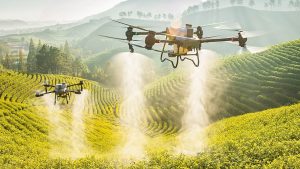
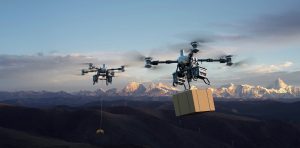
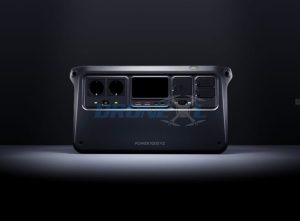





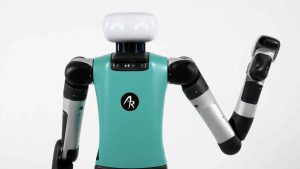
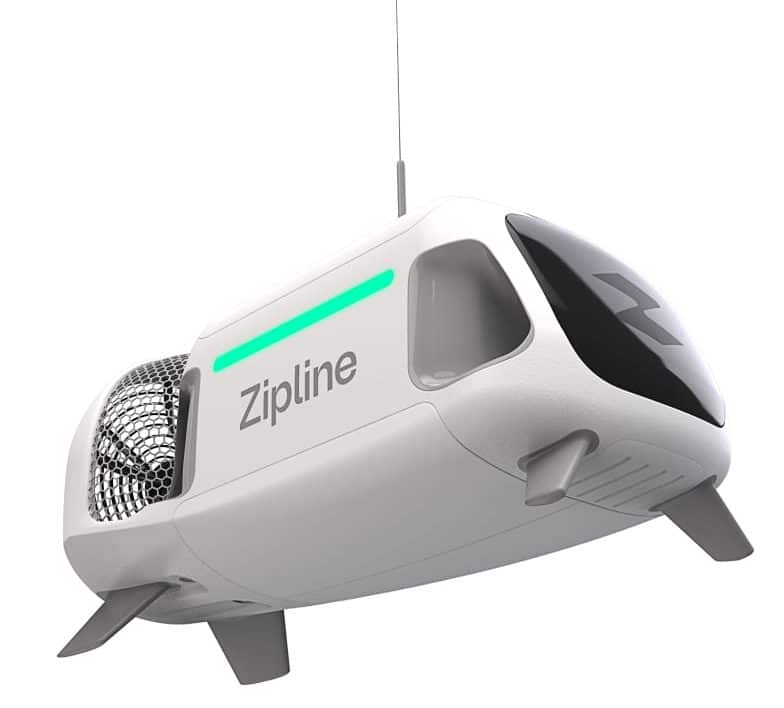

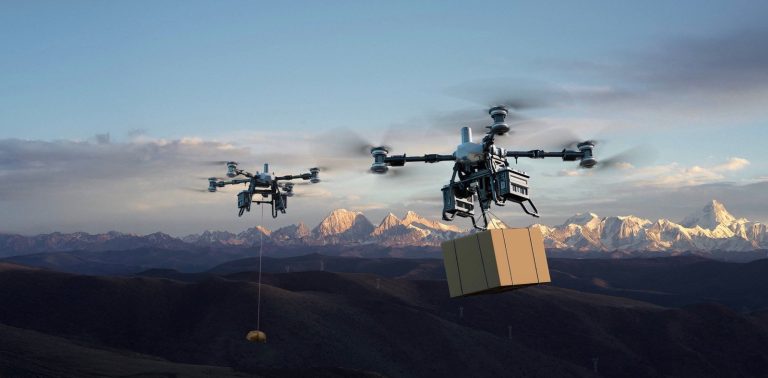


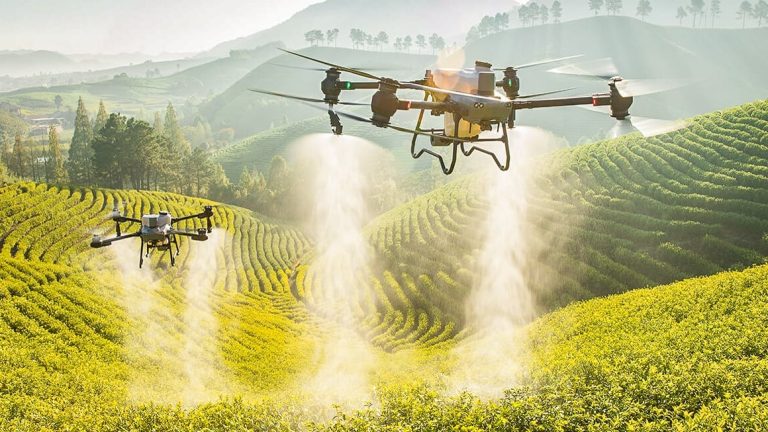

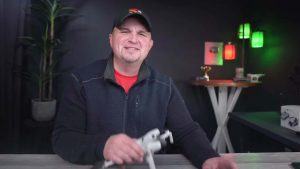
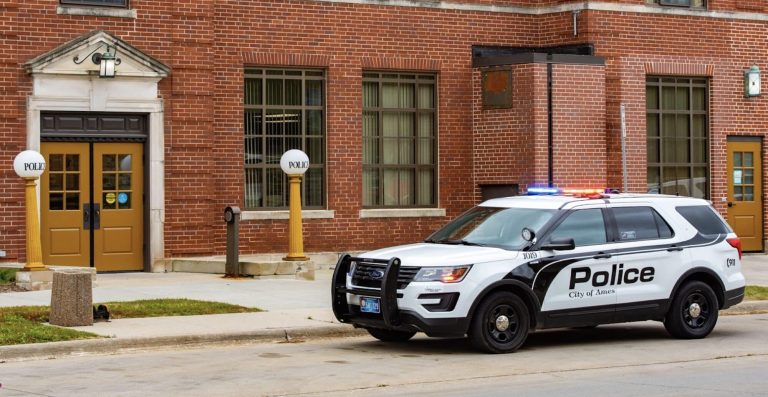

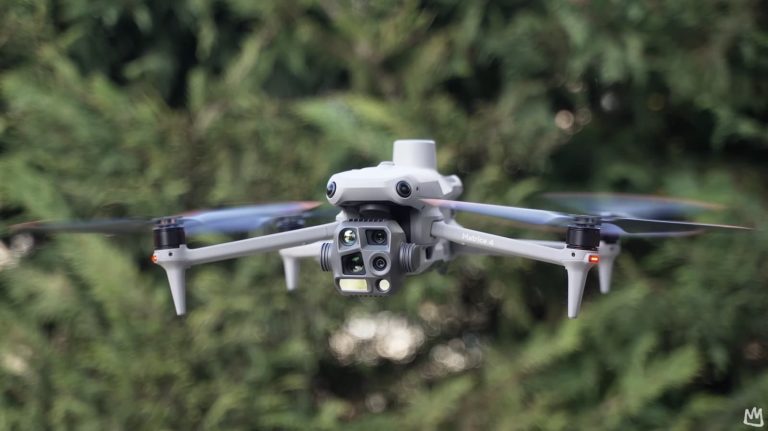
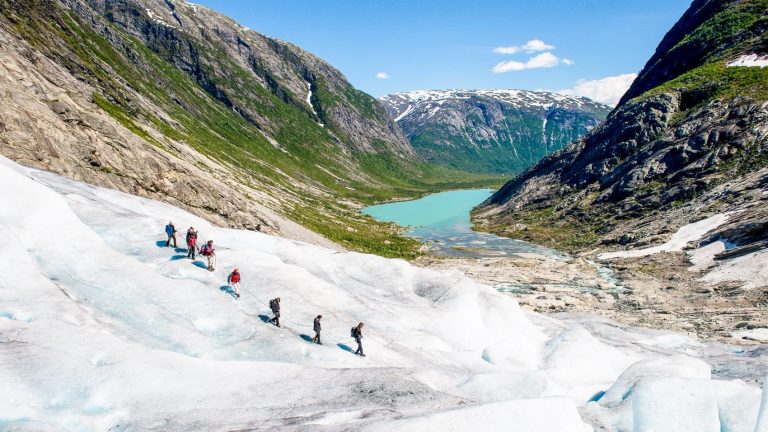
+ There are no comments
Add yours